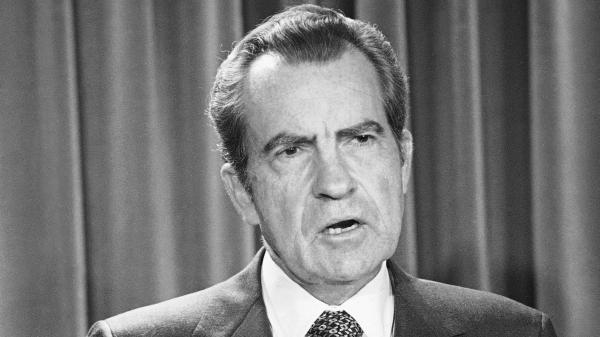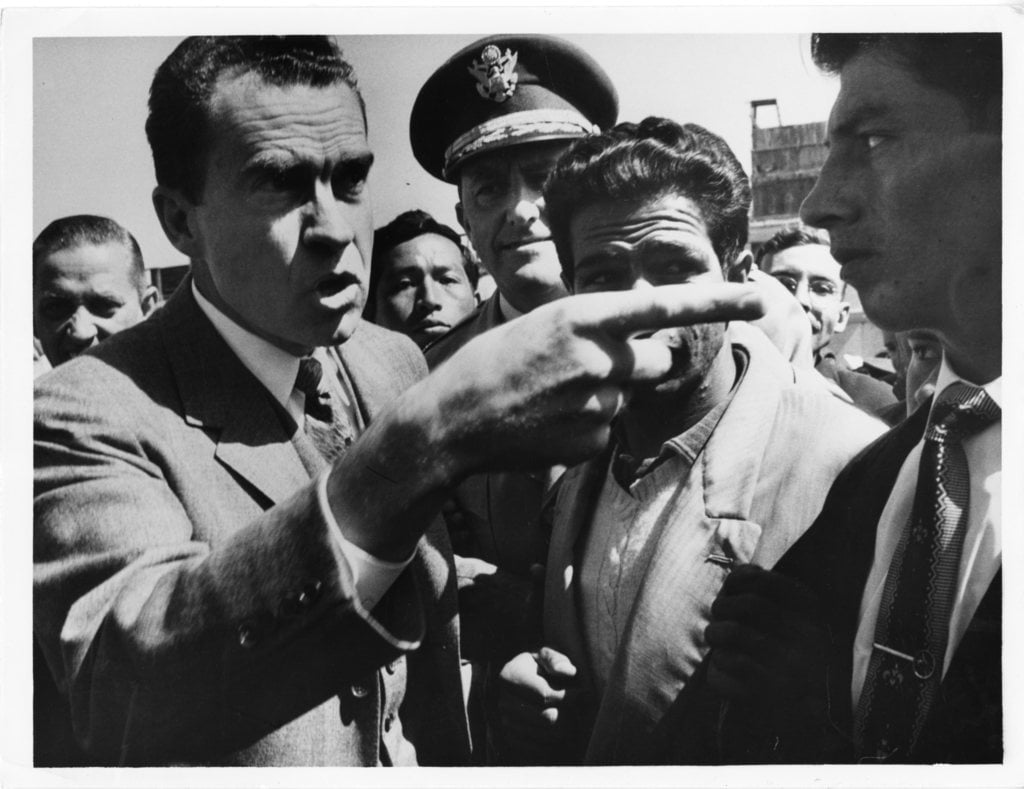
Nixon took office at a time of upheaval and change in the U.S. presidential election, defeating Democrat Hubert Humphrey (1911-78) and third-party candidate George Wallace (1919-98). Six years after losing the governorship in his home state, Nixon made a remarkable political comeback and once again claimed his party’s presidential nomination. As a disgusted Nixon told reporters, “You won’t have Nixon to kick around anymore.” When he lost this election as well, many observers believed that his political career was over. Nixon returned home to California, where he practiced law and launched a campaign for governor in 1962.

He claimed that the media disliked him and had slanted campaign coverage in favor of his handsome and wealthy opponent. The loss to Kennedy dealt a terrible blow to Nixon’s ego. During the broadcast, Nixon appeared pale, nervous and sweaty compared with his tan, well-rested and vigorous opponent. The turning point of the campaign came in the first-ever nationally televised presidential debate. In 1960, Nixon claimed the Republican presidential nomination but lost one of the closest elections in American history to U.S. The speech proved effective and preserved Nixon’s spot on the ticket.Įisenhower and Nixon won the election of 1952 and were re-elected in 1956. Nixon answered these charges in his famous “Checkers” speech, claiming that the only gift he ever accepted was a puppy named Checkers for his young daughter. In 1952, General Dwight Eisenhower selected the 39-year-old first-term senator to be his vice-presidential running mate.Ī few months after accepting the nomination, Nixon became the target of a negative campaign that raised questions about money and gifts he allegedly received from industry lobbyists. Senate.Īlthough Nixon’s attacks on alleged Communists and political opponents alarmed some people, they increased his popularity among conservative Republicans. Nixon was re-elected to Congress in 1948 and two years later, in 1950, won a seat in the U.S. As a congressman, Nixon served on the House Un-American Activities Committee and rose to national prominence by leading a controversial investigation of Alger Hiss (1904-1996), a well-regarded former State Department official who was accused of spying for the Soviet Union in the late 1930s. Navy and served as an operations officer in the Pacific.įollowing the war, Nixon launched his political career in 1946 when he defeated a five-term Democratic incumbent to represent his California district in the U.S. When America entered World War II (1939-45), Nixon joined the U.S. The couple had two daughters, Patricia (1946-) and Julie (1948-). In 1940, Nixon married Thelma Catherine “Pat” Ryan (1912-93), whom he met while participating in a local theater group. After Duke, he returned to Whittier, California, and began working as an attorney. Three years later, he earned a law degree from Duke University, where he was head of the student bar association and graduated near the top of his class. He attended Whittier College, where he excelled as a debater and was elected president of the student body before graduating in 1934.


He used these winnings to help fund his first political campaign in 1946. Navy during World War II, Richard Nixon won large amounts of money playing poker. Nixon absorbed his parents’ discontent with their working-class circumstances and developed a strong sense of ambition.ĭid you know? While serving in the U.S. He was the second of five sons of Francis Anthony Nixon (1878-1956), who struggled to earn a living running a grocery store and gas station, and his wife, Hannah Milhous Nixon (1885-1967). Richard Milhous Nixon was born on January 9, 1913, in Yorba Linda, California.


 0 kommentar(er)
0 kommentar(er)
